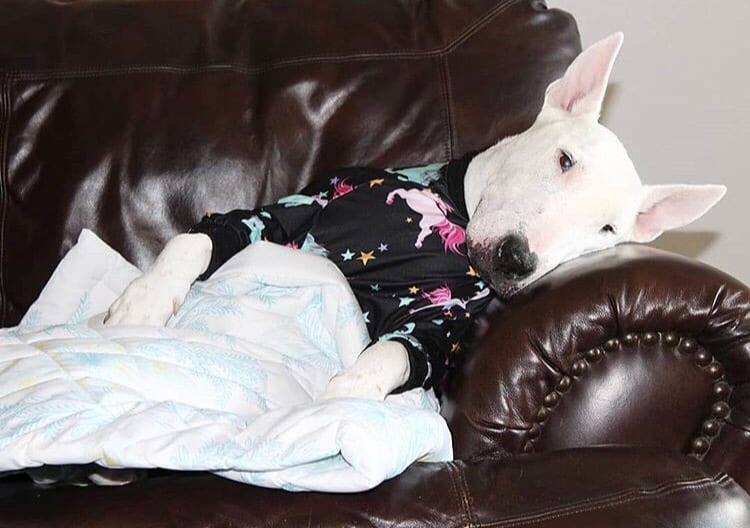
Have you ever been stressed out or just in a bad mood, only to spend time with your dog and then magically feel better? Its not magic (although it is magical); its science! Dogs make us feel better by releasing chemicals in our brain, and the best part is: we return the favor! Here’s how.
THE LOVE HORMONE: OXYTOCIN
When we spend time with our dogs, a lot of things are happening in our brain. Its been known for a while now that petting a dog can calm us down, decrease blood pressure, and a slew of other therapeutic benefits. This all happens because of a “love hormone” that our brain naturally produces called oxytocin, which is crucial for bonding, trusting, and is “an antidote to depressive feelings.”[i] This hormone is the same one that bonds a child and a mother, especially right after birth. So how does our dog release it, across species…in us?
DOGS HACKED OUR BRAINS
The Duke University Canine Cognition Center (yes, that’s a thing, thankfully) has studied this intensely. Dr. Evan MacLean and Dr. Brian Hare say that it goes back to when dogs evolved from wolves, thousands and thousands of years ago.[ii] Basically, dogs evolved to be less predatory than wolves, which enabled them to interact with humans. Dogs became savvy in manipulating humans’ emotions to survive. This is the basis of “puppy dog eyes” that causes the bonding hormone to break our grouchiest mood and give them a treat. Get over it, you already knew this in your heart. They’re using us, but that’s fine with me, because it’s a two-way street.
WE ALL BENEFIT FROM PUPPY DOG EYES
A “positive feedback loop” is a cycle that continues when your dog causes an oxytocin release in you, which then causes the hormone to also release in your dog. So your dog actually senses the hormone release in you and then produces their own! The most potent way to tap into this is by staring into your dog’s eyes, otherwise known as gazing. Mutual gazing facilitates the oxytocin-mediated positive loop between humans and dogs.[iii] So what’s the best way to do this?
GAZING WITH YOUR DOG
In the studies conducted by the Azabu University Department of Animal Science and Biotechnology, in Kanagawat, Japan, most experiments were 30 minutes long. But you don’t need a clinical environment to enjoy the benefits of gazing with your dog. Here are a couple points to remember:
- Take advantage of your routines: If your dog is in a calm state as part of a bedtime routine, or waking up, use that opportunity to either end or start your day on a good note. You know when your dog is most calm or agitated, so use that to your advantage.
- Minimize distractions: In addition to using existing routines or patterns to your advantage, constructive gazing can only occur if your dog is calm and not distracted. Turning off the TV, avoiding noise from guests, and putting down your phone will all help you make this connection with your dog.
- Increase coziness: You can swaddle your dog in a pair of cozy pajamas to make them feel more secure and relaxed. You don’t necessarily need to be calm yourself, as your dog will pick-up on your bad mood and try to fix it. But you shouldn’t be using that high-pitched voice you use at the door when you get home either.
- Aim for five minutes of gazing. This seems like a long time, but you probably have already done more than this and it just doesn’t feel like it. Once you start gazing, see how long your dog will let you do it. It doesn’t need to be continuous, and it doesn’t need to be boring and deliberate (e.g., we are going to sit here for 7 minutes and stare at each other….awkward). The main thing is to understand that looking into each other’s eyes is an evolutionary bonding mechanism, and that if it happens, GO WITH IT!
So there it is. When your dog stares at you and seems to say, “there there, I understand,” it’s the truth! Although they’ve evolved to do this for survival, we certainly benefit off of it, too. This eye contact brings us closer together and even gives us the feel-good chemicals we need sometimes to improve our day and, ultimately, our lives with our dogs.
[i] (Oxytocin: Pair Bonding, 2018): https://www.psychologytoday.
[ii] (Evan L. MacLean, 2015): http://science.sciencemag.org/
[iii] (Miho Nagasawa, 2015): http://science.sciencemag.org/
Photo: @Doody_the_bull_terrier
